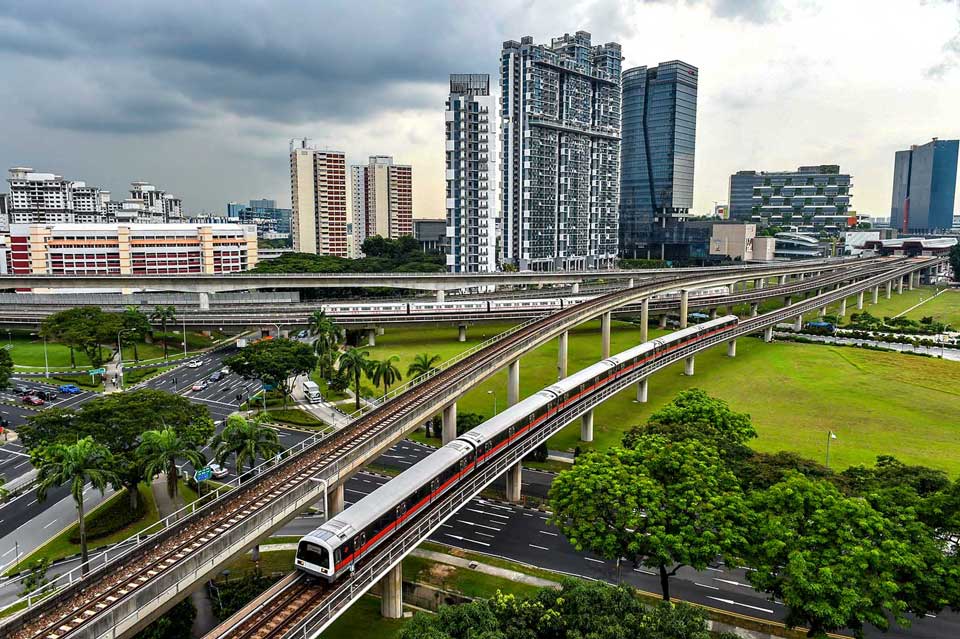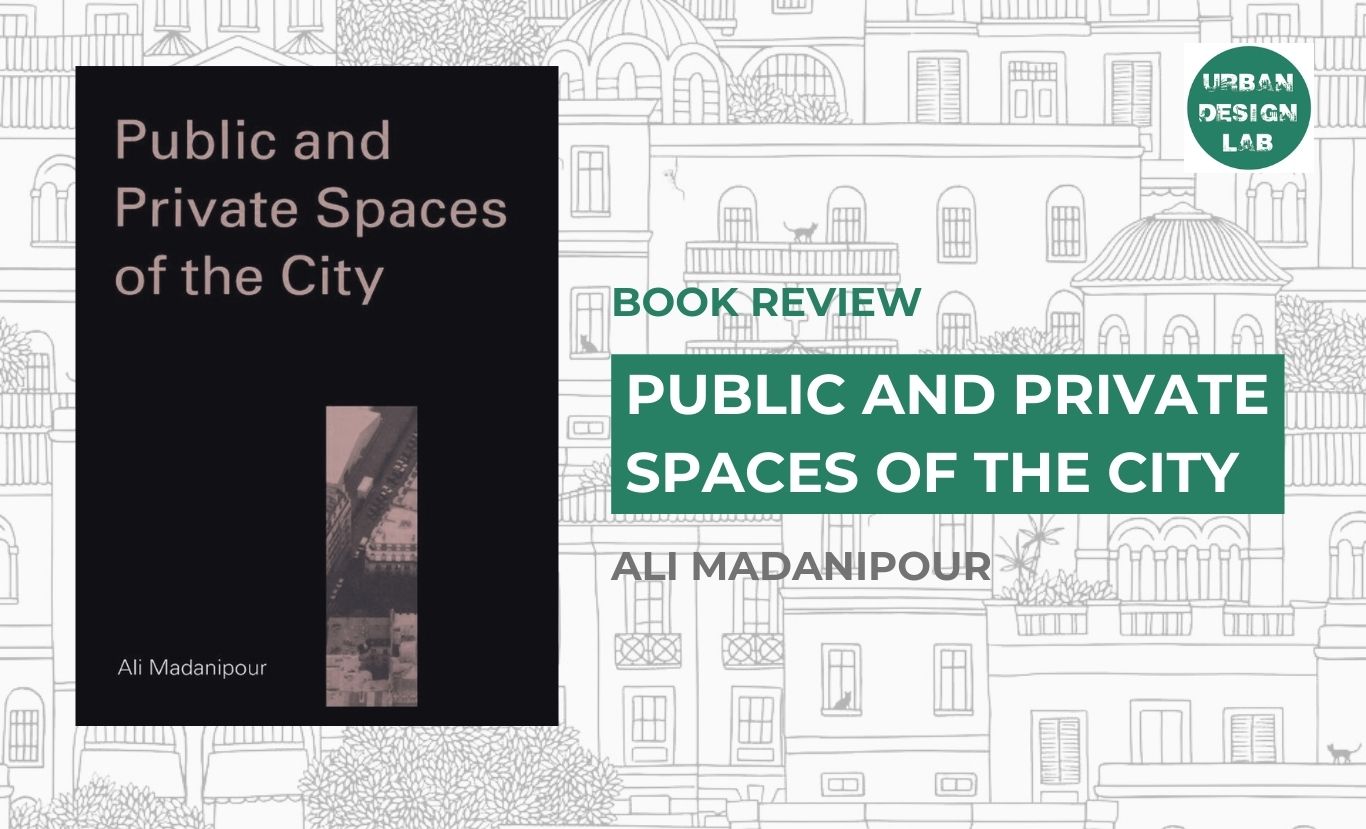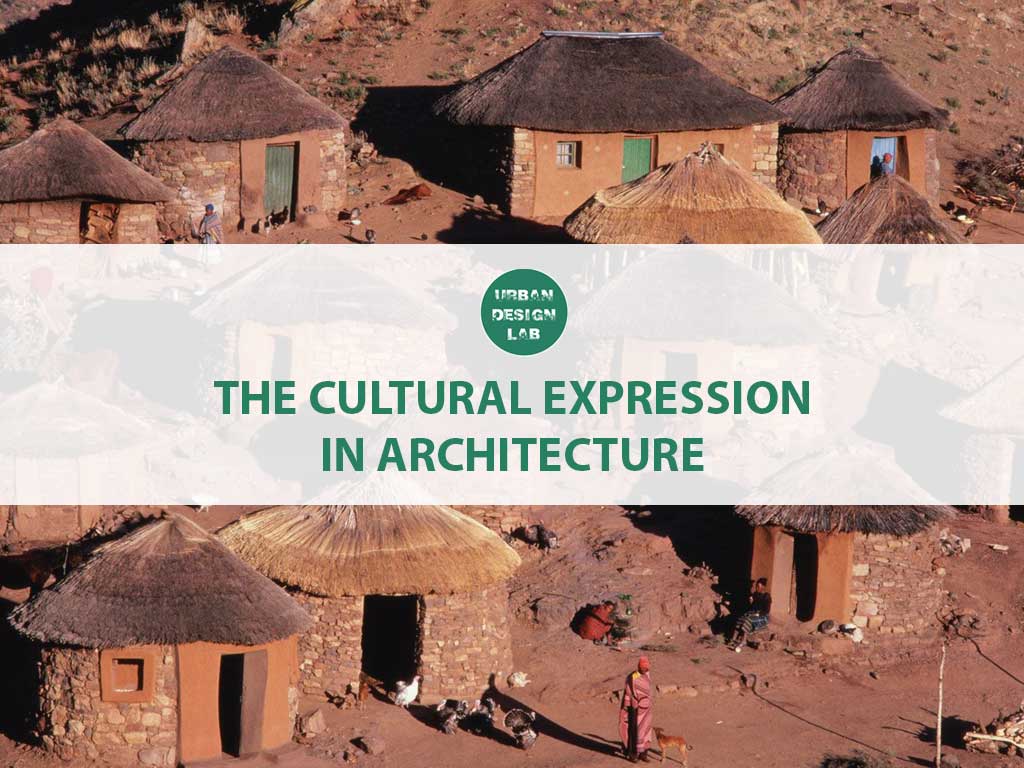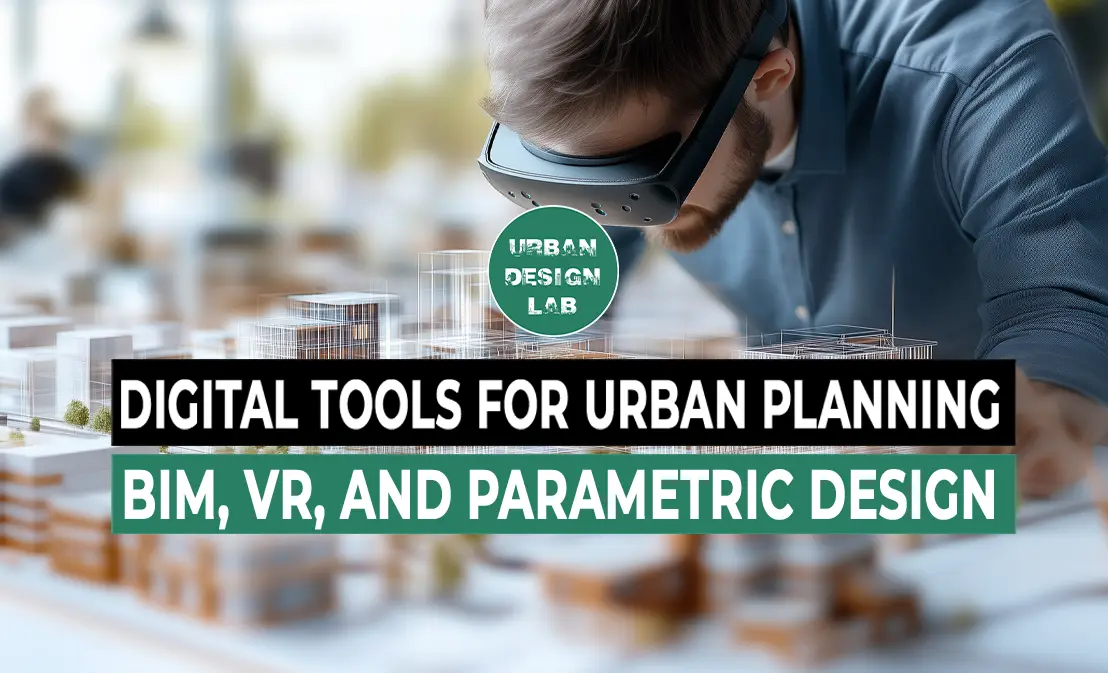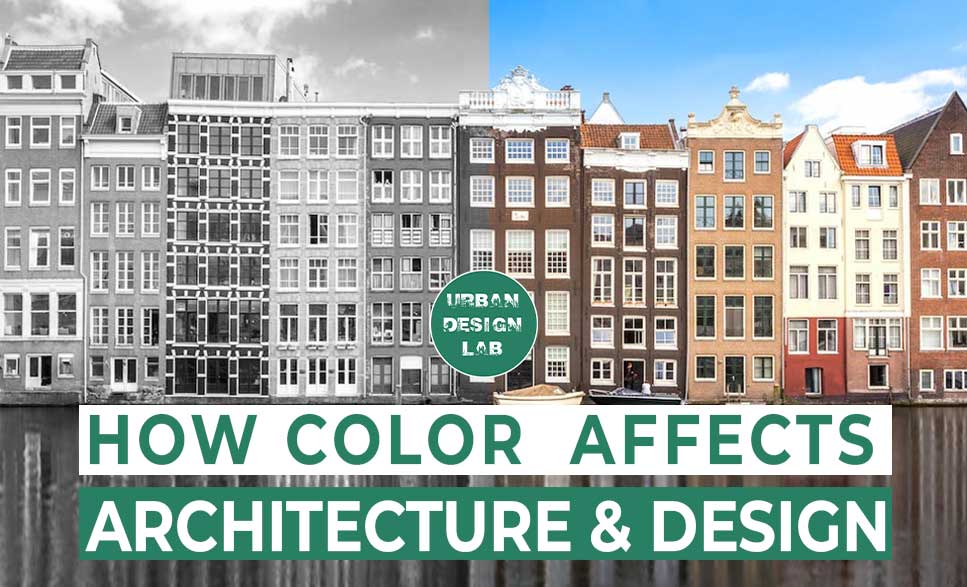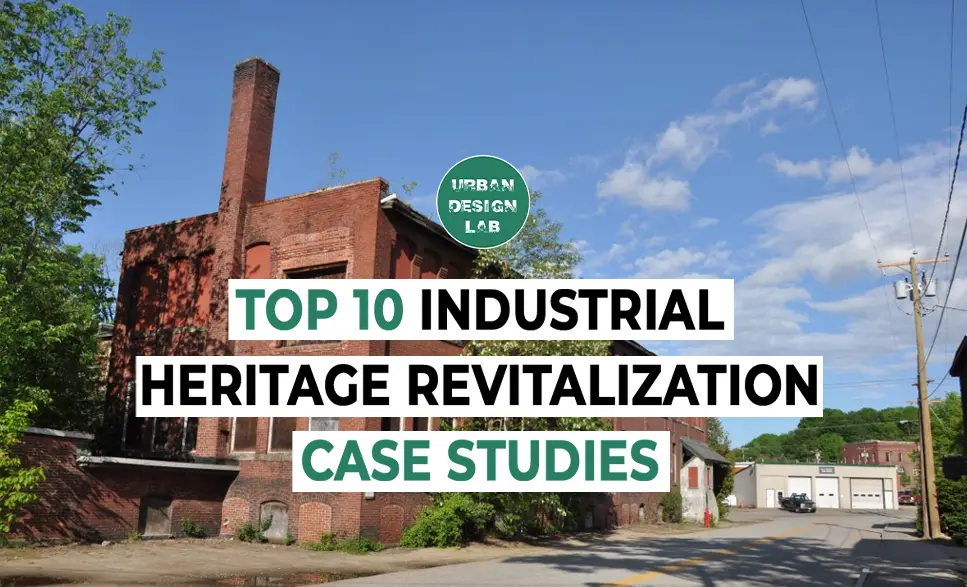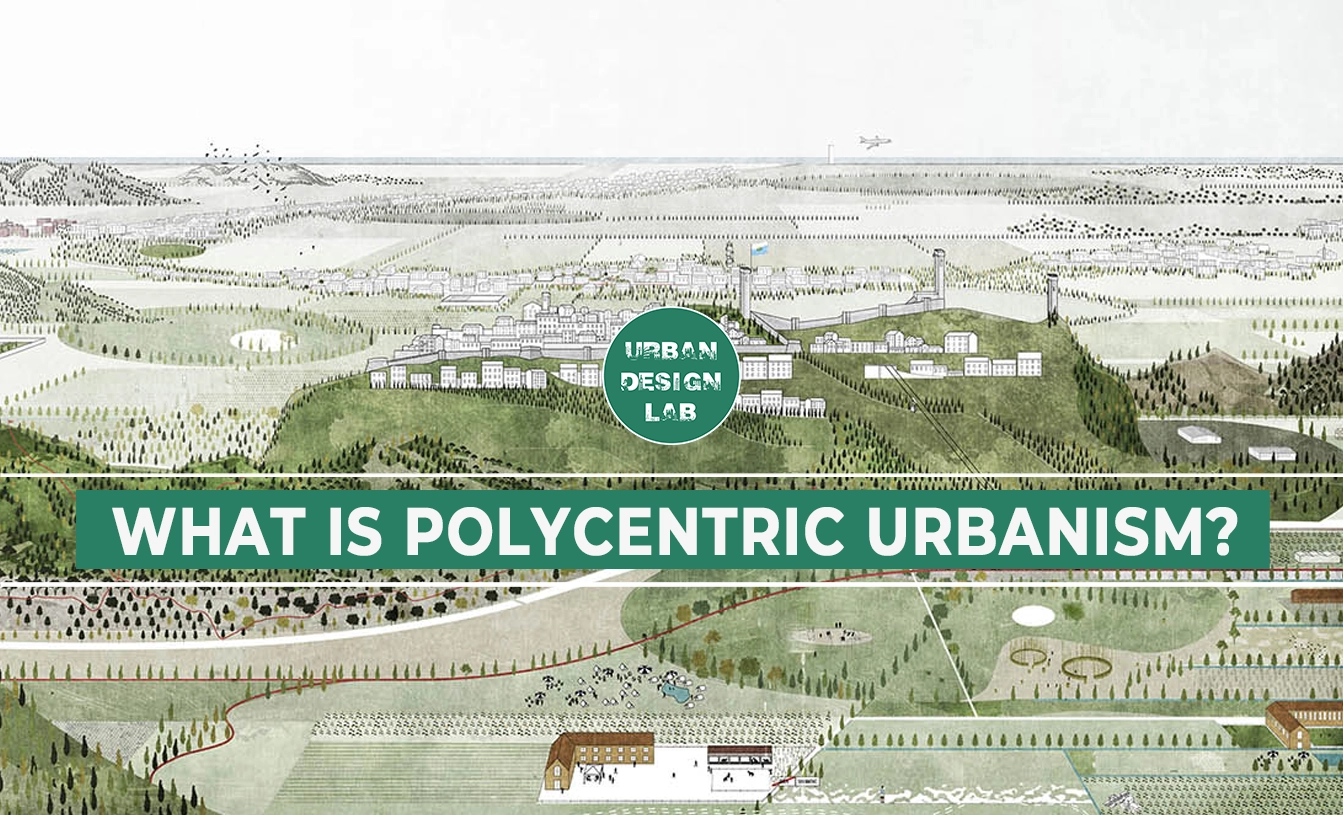
Water Sensitive Urban Planning Case Studies
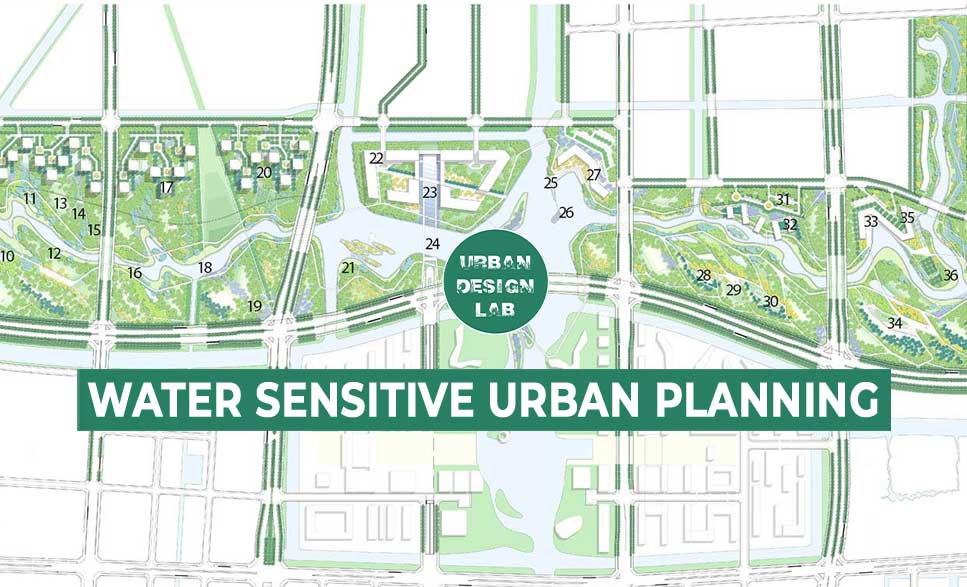
Water Sensitive Urban Planning (WSUP) is an approach to urban development that combines water management with urban design to create sustainable, resilient, and livable cities. We can learn from case studies in Melbourne, Singapore, Portland, Copenhagen, Amsterdam, and Freiburg to see key trends, challenges, and innovations in WSUP. For instance, Melbourne uses a lot of green infrastructure for managing stormwater, while Singapore’s “ABC Waters” program shows how they use decentralized systems and water recycling innovations. Community involvement is crucial in projects like Portland’s Green Streets initiative. Despite barriers in cities like New York, Nairobi, and Mumbai, there have been important innovations, such as advanced stormwater management techniques and smart water technologies. Copenhagen’s Cloudburst Management Plan and Amsterdam’s use of smart water technologies are good examples. These examples show how WSUP can help cities address the impacts of urbanization and climate change by promoting sustainable water practices and improving quality of life.
Water Sensitive Urban Planning - Specific Features
Water Sensitive Urban Planning (WSUP) is an urban development approach that focuses on sustainable management of the urban water cycle. It integrates water supply, stormwater management, wastewater treatment, and the health of natural waterways into urban planning and design.
Key features of WSUP include:
1. Green Infrastructure: Incorporating elements such as green roofs, rain gardens, bioswales, and permeable pavements to manage stormwater at its source, reduce runoff, and improve water quality.
2. Decentralized Water Systems: Implementing localized water management solutions like community-scale wastewater treatment plants, on-site greywater recycling systems, and rainwater harvesting systems to reduce reliance on large, centralized infrastructure.
3. Stormwater Management: Utilizing strategies such as rainwater harvesting and bio-retention systems to capture, filter, and infiltrate stormwater, reducing flooding risks and enhancing groundwater recharge.
4. Natural Waterway Protection: Restoring and preserving natural waterways and wetlands to act as natural filters, improve biodiversity, and provide recreational and aesthetic benefits.
5. Integrated Urban Design: Designing urban landscapes that mimic natural hydrological processes, using vegetation and soil to manage water flows and improve environmental quality.
6. Community Engagement: Involving local communities in planning and maintaining water-sensitive solutions to ensure they are socially acceptable and sustainable.
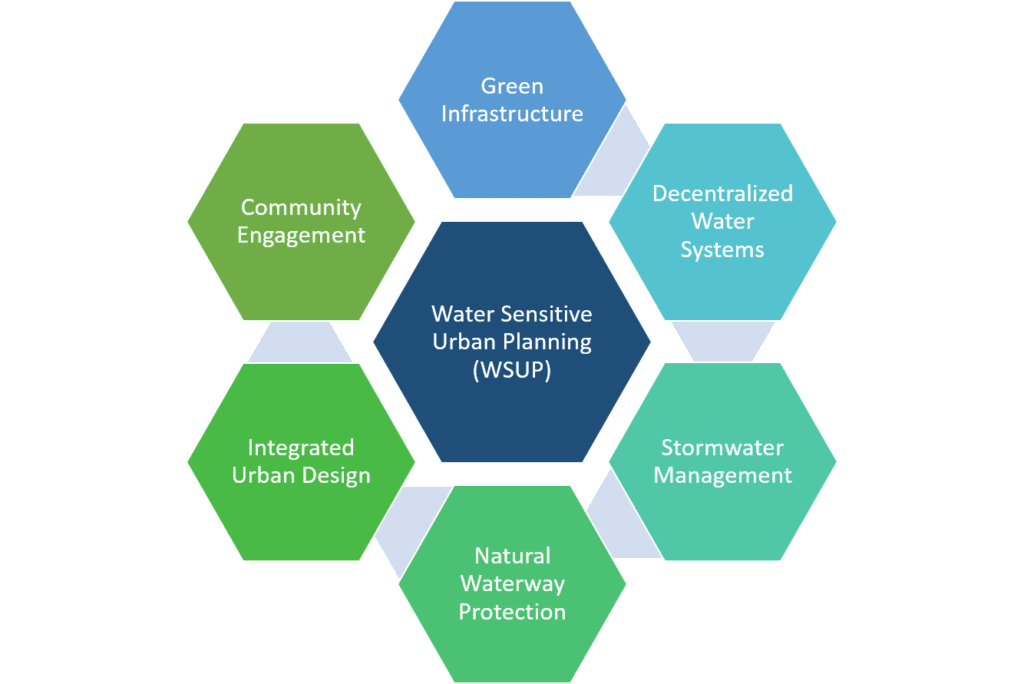
Source: author
Melbourne - Integrated Green Infrastructure
Melbourne, Australia showcases effective integration of green infrastructure in urban planning through projects such as the Royal Park Wetlands and numerous rain gardens. The Royal Park Wetlands, situated in one of Melbourne’s largest parks, utilize natural processes to treat and filter stormwater runoff from surrounding urban areas. This involves capturing stormwater, which is then filtered through plants and soil to improve water quality before it enters local waterways. This project not only reduces pressure on traditional drainage systems but also enriches biodiversity and provides recreational spaces for residents. In addition to the wetlands, strategically placed rain gardens throughout the city help manage stormwater runoff from impervious surfaces like roads. These shallow, planted depressions capture and infiltrate stormwater, allowing it to percolate into the ground gradually. As a result, rain gardens reduce runoff volume, mitigate flooding, and filter pollutants like oils and heavy metals, thereby improving water quality. Melbourne’s approach to green infrastructure demonstrates how urban planning can align with natural processes to address stormwater management, enhance environmental health, and engage the community. These initiatives effectively manage stormwater, reduce flooding risks, support biodiversity, and encourage residents to adopt sustainable practices.

Source: Website Link
Singapore - ABC Water Programme
Singapore is dedicated to water sustainability, as demonstrated through its ABC Waters program and innovative water recycling practices. A notable example is the transformation of the Bishan-Ang Mo Kio Park, where a previously concrete canal was converted into a naturalized meandering river. This redevelopment effectively addresses flood management, enhances local biodiversity, and provides a vibrant community space. The park features wetlands and natural habitats that help filter stormwater and reduce runoff, integrating ecological functions with urban needs. Additionally, Singapore’s use of NEWater—a high-grade reclaimed water produced through advanced purification processes—is a significant innovation in water recycling. NEWater is treated and purified to meet potable standards and is used for non-potable applications such as industrial processes and irrigation, thereby reducing reliance on conventional water sources. This dual approach of integrating green infrastructure with cutting-edge water recycling technologies underscores Singapore’s commitment to creating a sustainable, resilient urban environment that maximizes the use of available water resources while enhancing the quality of life for its residents.

Copenhagen's Climate Resilient Neighbourhoods
The Climate Resilient Neighbourhoods project in Copenhagen exemplifies the city’s innovative approach to climate adaptation through a strategic blend of green and grey infrastructure. At its core are cloudburst boulevards and retention parks, which effectively manage stormwater and enhance urban green spaces. These vital features unequivocally demonstrate Copenhagen’s unwavering commitment to creating a resilient urban environment, seamlessly integrating water management into the city landscape.

Green Streets in Portland
Portland’s “Green Streets” program is an innovative initiative that incorporates Water Sensitive Urban Planning (WSUP) into the city’s urban infrastructure. The program aims to convert traditional streets and sidewalks into green infrastructure, which is essential for managing stormwater, minimizing the urban heat island effect, and improving neighborhood aesthetics.
The key components of the Green Streets program include the installation of vegetated curb extensions, bioswales, and permeable pavements. These features capture and treat stormwater runoff, allowing it to seep into the ground instead of overwhelming the city’s drainage systems. This approach not only reduces the risk of flooding but also enhances water quality by filtering out pollutants.
The program has effectively mitigated the urban heat island effect by increasing green spaces and vegetation, which helps lower the surrounding temperatures. This greening of urban areas also enhances the visual appeal of neighborhoods, creating more pleasant and enjoyable environments.
The success of Portland’s Green Streets program is largely attributed to strong community involvement and solid support from local government policies. The city actively involves residents in the planning and maintenance of green infrastructure, fostering a sense of ownership and community pride.
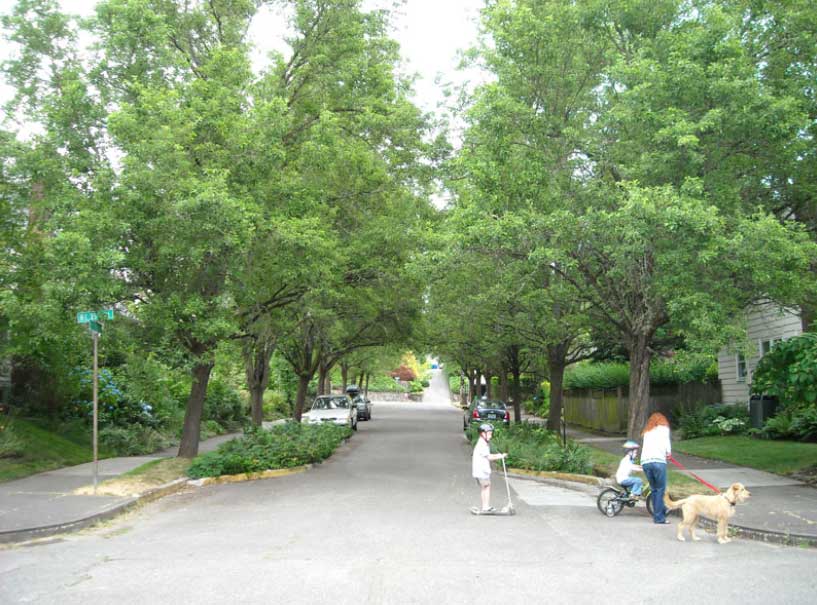
Seminal Works in Water Sensitive Urban Planning
The concept of Water Sensitive Urban Planning (WSUP) has been shaped by influential authors and thought leaders in urban planning and environmental management. Professor Tony Wong, a pioneer in WSUD (Water Sensitive Urban Design), emphasized the need for integrated urban water management that transcends traditional engineering approaches, blending hydrological cycles with urban ecology to enhance socio-environmental resilience. His research, particularly in Melbourne, introduced the critical role of green infrastructure and the importance of multi-functional urban landscapes. Another notable contribution comes from Peter G. Rowe, who highlighted the intersection of urban morphology and sustainable water management, focusing on the spatial distribution of urban water systems and their impact on urban form and public realm design. Sarah Bell has extensively explored the role of community participation and social equity in WSUP, stressing that urban water systems must not only address environmental challenges but also consider the socio-spatial inequalities that often arise in urban water governance. These seminal works have collectively advanced the field by framing WSUP within the broader discourse of sustainable urbanism, linking environmental performance with the health of urban ecosystems and the well-being of urban populations.
Conclusion
Water Sensitive Urban Planning represents a new approach to managing water resources in cities. It combines ecological, social, and technological solutions to create sustainable and resilient urban environments. Case studies from Melbourne, Portland, Rotterdam, Singapore, Copenhagen, and Seoul demonstrate different ways of implementing WSUP, each addressing unique challenges and taking advantage of local opportunities. Common elements include integrating green infrastructure, involving the community, and creating multifunctional spaces. However, challenges such as financial constraints, regulatory barriers, and maintenance issues still exist. Innovations such as smart water management systems, hybrid solutions, and ecological restoration offer promising ways to overcome these challenges and improve the effectiveness of WSUP. By learning from these examples, other cities can adopt and adapt these strategies to their specific contexts, contributing to global efforts toward sustainable urban development.
References
- Melbourne Water. (n.d.). Water Sensitive Urban Design. Retrieved from Melbourne Water
- City of Portland. (n.d.). Green Streets Program. Retrieved from Portland.gov
- Rotterdam Climate Initiative. (n.d.). Benthemplein Water Square. Retrieved from Rotterdam Climate Initiative
- Public Utilities Board Singapore. (n.d.). ABC Waters Program. Retrieved from PUB Singapore
- City of Copenhagen. (n.d.). Climate Resilient Neighbourhoods. Retrieved from Copenhagen Climate Plan
- Seoul Metropolitan Government. (n.d.). Cheonggyecheon Stream Restoration. Retrieved from Seoul.go.kr

Vanshika Bajaj
About the author
An Architect and an Urban Regeneration specialist by profession, Vanshika Bajaj is a highly motivated, enthusiastic and dedicated professional with background in Architecture, Urban Design, Planning and Research.
She is skilled in conducting spatial Analysis to identify issues and potential related to socio-ecological aspects of urban Areas. She has also gained experience in research, documentation and critical thinking along with onsite surveys, field work, interviews , community participation and focused group discussions.
Related articles


Architecture Professional Degree Delisting: Explained

Periodic Table for Urban Design and Planning Elements


History of Urban Planning in India
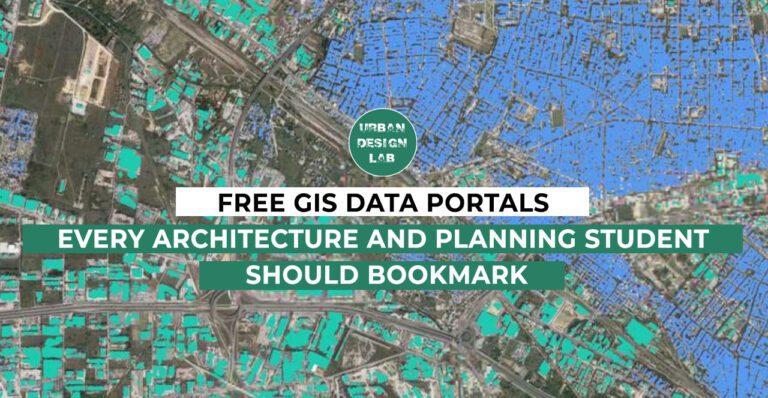
UDL Illustrator
Masterclass
Visualising Urban and Architecture Diagrams
Session Dates
17th-18th January 2026

Urban Design Lab
Be the part of our Network
Stay updated on workshops, design tools, and calls for collaboration
Curating the best graduate thesis project globally!

Free E-Book
From thesis to Portfolio
A Guide to Convert Academic Work into a Professional Portfolio”
Recent Posts
- Article Posted:
- Article Posted:
- Article Posted:
- Article Posted:
- Article Posted:
- Article Posted:
- Article Posted:
- Article Posted:
- Article Posted:
- Article Posted:
- Article Posted:
- Article Posted:
Sign up for our Newsletter
“Let’s explore the new avenues of Urban environment together “



























